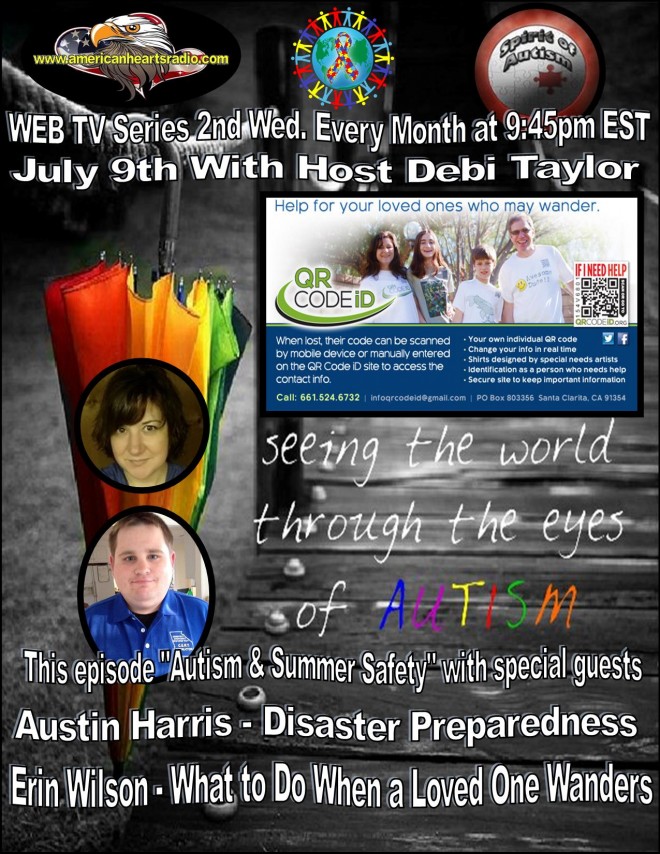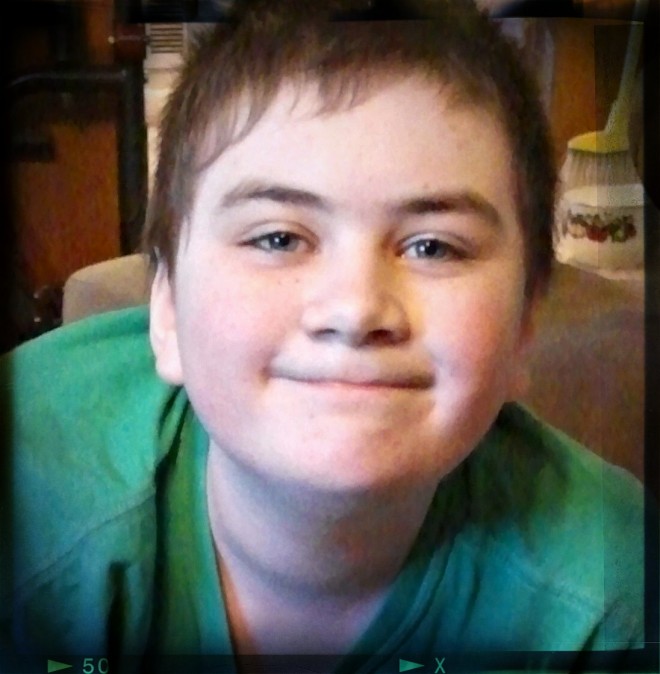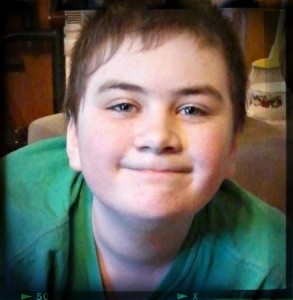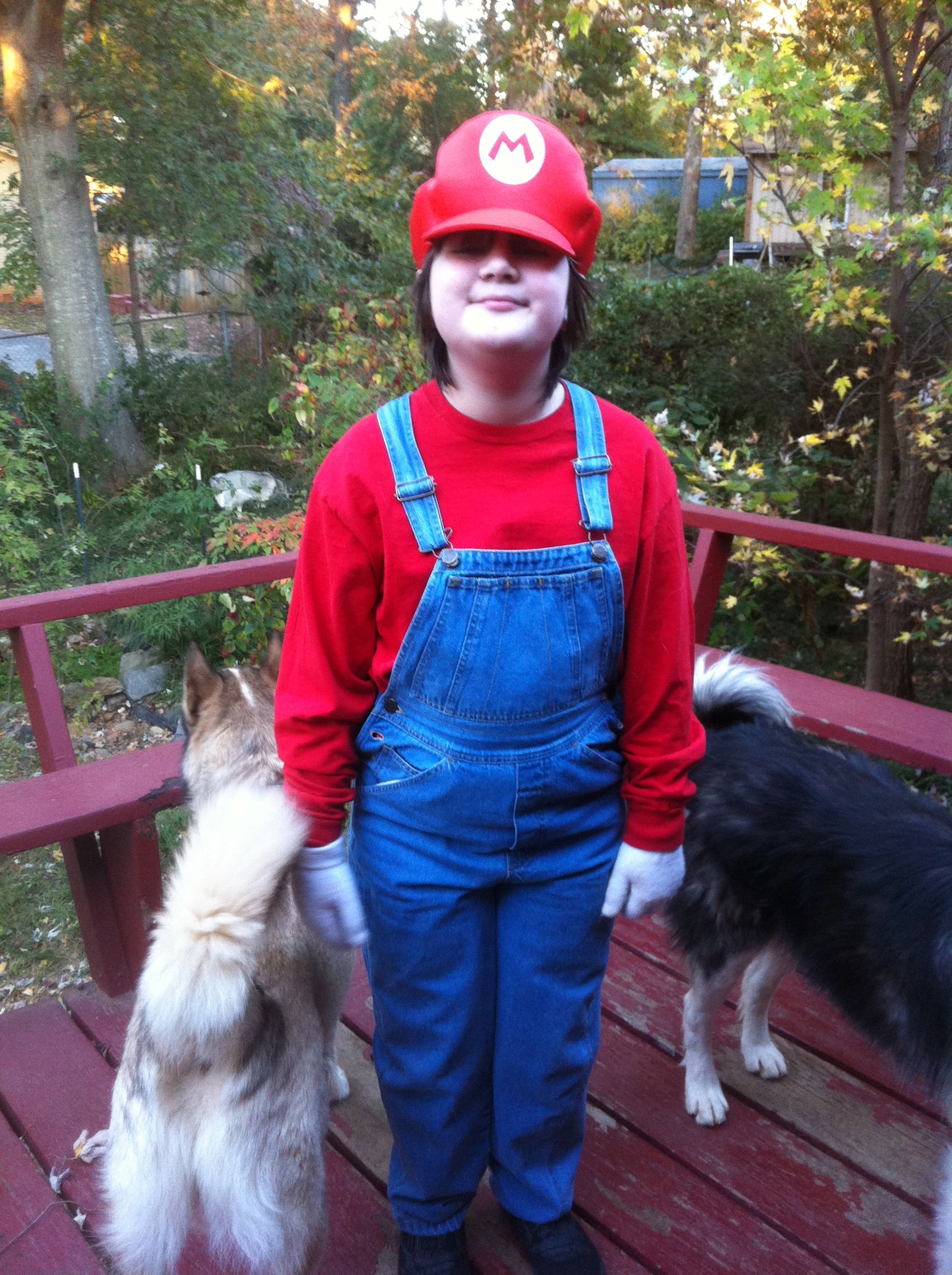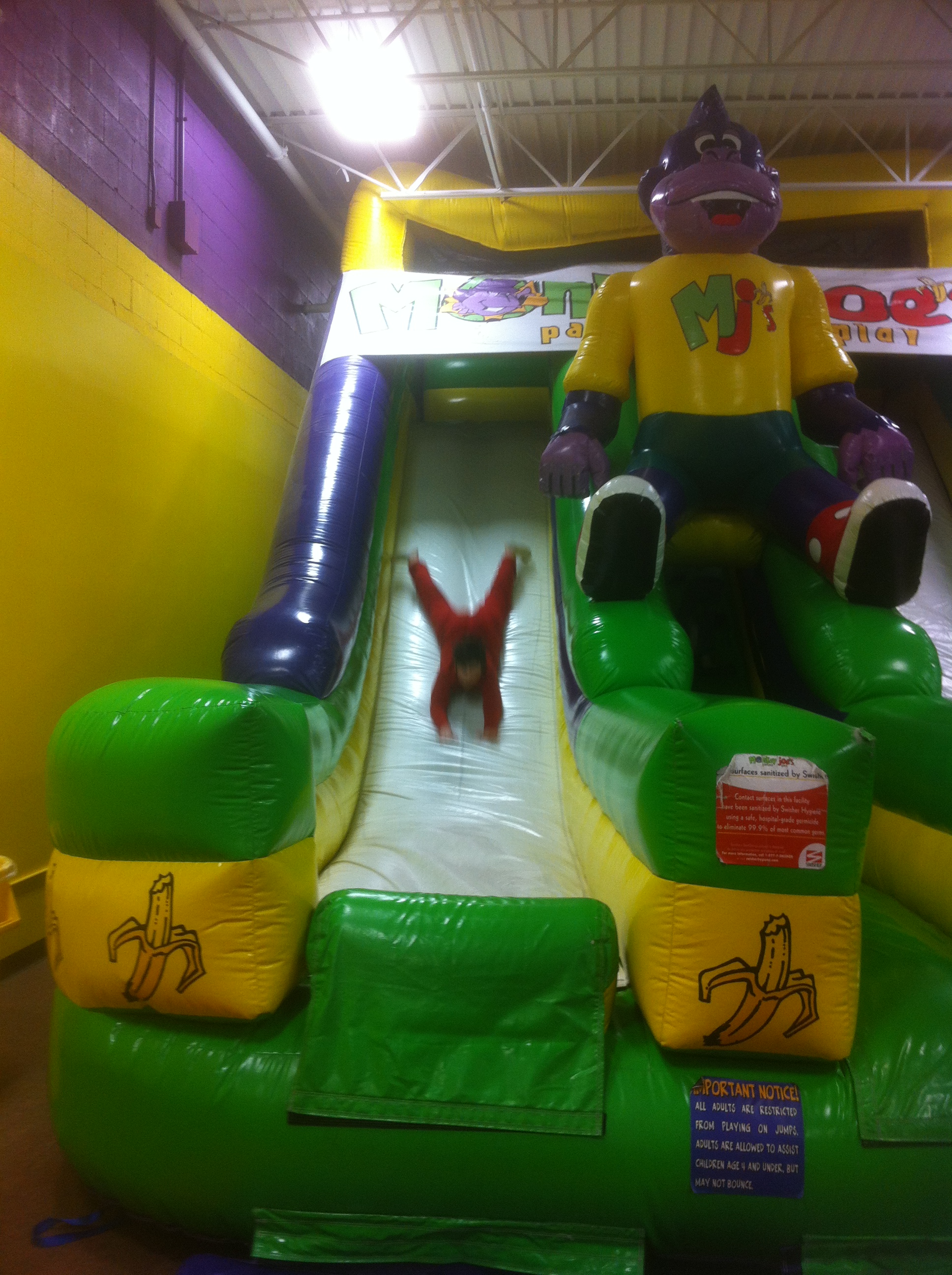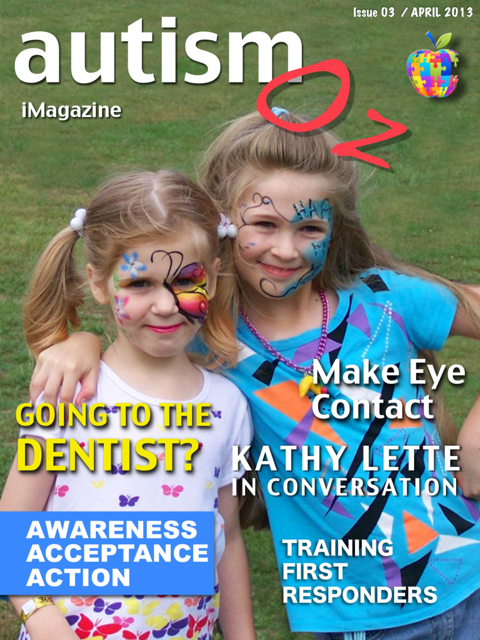 Has it really been over TWO months since I’ve reached out to you? Wow. My sincerest apologies. Lots has been brewing in Spirit of Autism land! I’ve had the honor of providing in-service Autism training to the Stone Mountain Police Department as well as the District 8 Georgia Police Chiefs in Villa Rica, GA. All officers that attended received P.O.S.T. (Peace Officer Standards and Training) credit for the course, so we are really making strides in the Emergency Responder training arena!
Has it really been over TWO months since I’ve reached out to you? Wow. My sincerest apologies. Lots has been brewing in Spirit of Autism land! I’ve had the honor of providing in-service Autism training to the Stone Mountain Police Department as well as the District 8 Georgia Police Chiefs in Villa Rica, GA. All officers that attended received P.O.S.T. (Peace Officer Standards and Training) credit for the course, so we are really making strides in the Emergency Responder training arena!
Coming up I will be doing a “Train the Trainer” Autism course for the Georgia Institute of EMS, in which they will also receive continuing education credit. We will soon be launching an online version of the training course with a test and certificate of completion available for Law Enforcement and EMS.
Now for the really fun announcement… I’ve got a new web TV series! I’ve joined forces with American Hearts Radio, a family-friendly company on a great mission, offering live worldwide radio broadcasts, live events and WEB TV productions to people with a real message to share.
My new 30-minute series will air on the second Wednesday of each month at 9:45 pm EST. Don’t worry if you can’t stay awake that late! As an Autism parent I know we need to grab sleep whenever we can get it ![]() The show will be available to watch on the American Hearts Radio website, on YouTube and right here on my Blog.
The show will be available to watch on the American Hearts Radio website, on YouTube and right here on my Blog.
Premiering July 9, the first show will focus on Autism and Summer Safety. I’ll have in the studio with me guest Austin Harris, my sidekick in the Fire Rescue Reserve and Emergency Responder training. We’ll be talking about Disaster Preparedness and how you need to be even MORE prepared when you have a child or family member with Autism. I’m also honored to be airing an interview with Erin Wilson from QR Code ID. We’ll be discussing all the great products they created for loved ones who wander. You won’t want to miss this! Summer can be a chaotic and harrowing time for Autism families… we’ll let you know how to make sure it’s a safe time!
Looking for Sponsors
American Hearts Radio produces commercials for your business that will be placed on live Radio show daily spins and re-runs, as well as a video version that will appear on all social networks, other shows and the AHR website.
As a local sponsor you will also be invited on local WEB TV Shows in Atlanta to promote your business.
If you’re looking for a way to drive potential buyers to your website American Hearts Radio.com does exactly that. Contact me for more info if you’re interested… it’s extremely affordable!

